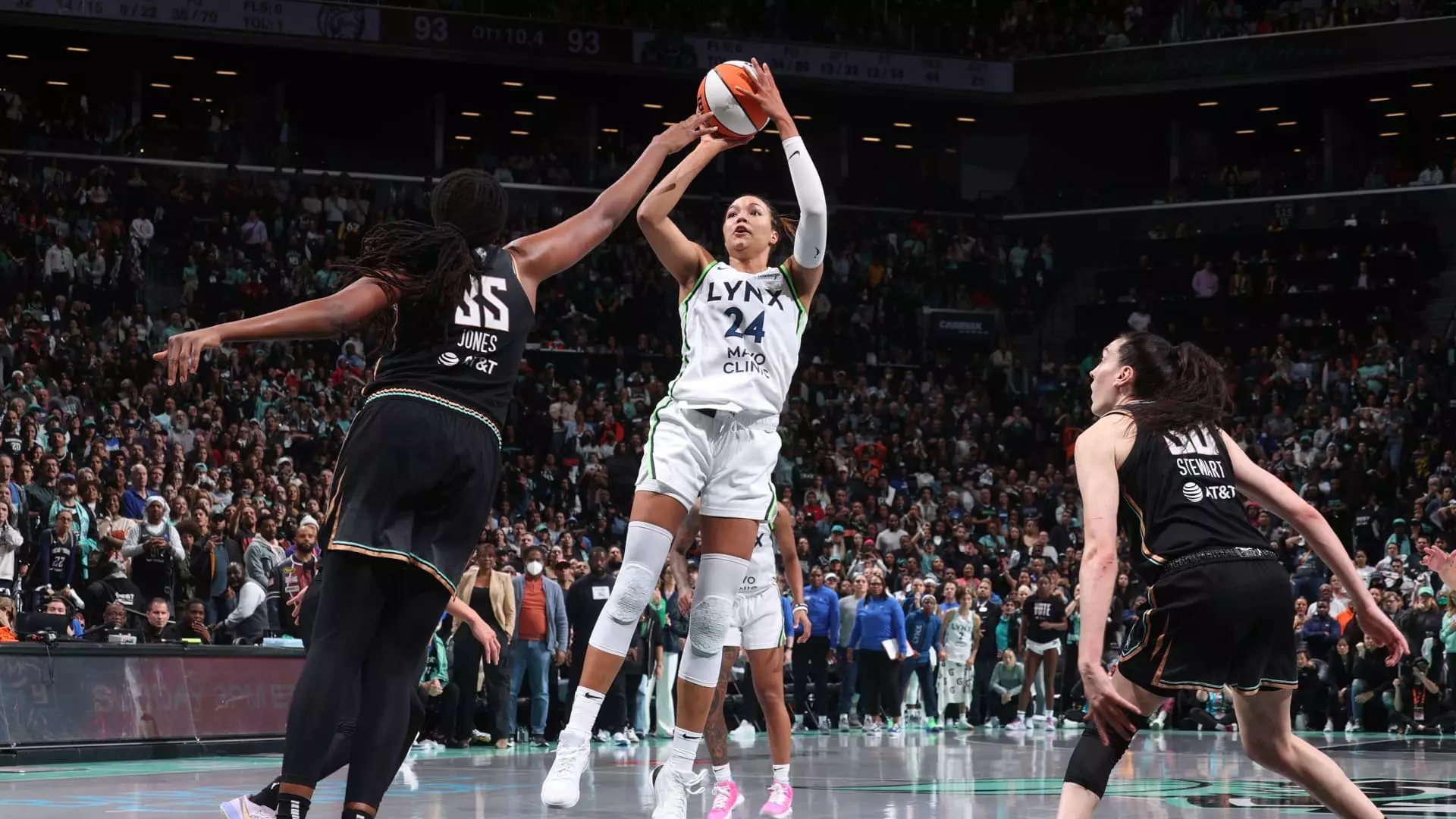The WNBA’s announcement of three new expansion teams in Cleveland, Detroit, and Philadelphia marks a pivotal moment for the league, which is set to grow from 13 to 18 teams within the next five years. On the surface, this move seems like a triumphant leap forward—one that signals increased recognition and investment in women’s professional basketball. But upon closer inspection, this aggressive expansion raises critical questions about the league’s long-term sustainability, market strategy, and genuine commitment to building solid foundations rather than chasing rapid growth for growth’s sake.
While Commissioner Cathy Engelbert frames this day as “monumental” and praises the selected cities for their “powerful sports legacies,” expansion doesn’t automatically translate to success. History warns us that professional women’s basketball struggles to find stable footholds even in major sports markets. Cleveland and Detroit themselves had previous WNBA teams that folded—largely due to poor attendance and financial losses. Without addressing those root causes, simply resurrecting franchises risks repeating past mistakes.
Financial Hurdles and Market Viability
Each new franchise will pay an eye-popping $250 million in expansion fees, an unprecedented sum for the WNBA. On one hand, this hefty fee indicates growing investor confidence and the league’s rising valuation. On the other hand, it raises concerns about affordability and sustainability for ownership groups. Are these high fees fostering serious, well-resourced ownership, or could they deter potential innovators who might bring fresh ideas and community engagement beyond corporate or existing NBA-affiliated investors?
The choices of Cleveland, Detroit, and Philadelphia—cities with existing NBA infrastructure and partially symbiotic relationships to their NBA counterparts—may reflect a cautious, conservative approach favoring markets where basketball culture and arenas already exist. However, excluding hotly contested bids from cities such as Houston, Kansas City, and Miami, known for vibrant sports enthusiasm and growing populations, suggests the WNBA is still risk-averse in expanding to non-traditional or emerging markets. The league’s vow to keep watching Houston is intriguing, but also somewhat begrudging—as if expansion is being grudgingly handed out only when conditions seem perfectly safe.
Legacy Versus Innovation: The Challenge of Urban Identity
Reintroducing women’s basketball to Cleveland and Detroit undeniably taps into nostalgia and historic legacies. Detroit’s Shock previously won championships and drew strong crowds before relocating, showing that fans can be passionate and engaged. However, those successes are now more than a decade in the past. Both cities have undergone significant economic and demographic changes that may affect the viability of reigniting a robust fanbase. Simply reinstating teams does not guarantee an enthusiastic and sustainable following.
Philadelphia, with its ownership tied to Harris Blitzer Sports & Entertainment and Comcast, presents an intriguing case of corporate synergy. While access to resources and media exposure can be advantageous, it also raises questions about authenticity and grassroots connection. Will these expansion teams prioritize genuine community engagement and local identity, or will they serve primarily as extensions of corporate branding and NBA brand alignments? This balance will define whether the new franchises can cultivate organic fan loyalty rather than dependence on top-down promotions.
The Tension Between Ambition and Realism
The WNBA’s aggressive timeline—with Cleveland debuting in 2028 followed by Detroit and Philadelphia—reflects mounting pressure to capitalize on the growing spotlight on women’s sports and social momentum around gender equity in athletics. Yet pace matters. Growing too fast without solid fanbase cultivation, sponsorship deepenings, and broadcast expansion may strain league resources and dilute overall product quality.
While Engelbert’s optimistic rhetoric about “bold steps” and “growing footprints” is inspiring, expansion plans must be coupled with rigorous planning on youth development pipelines, marketing strategies designed for women’s sports, and structural support for franchise profitability. Betting on the allure of NBA market tie-ins and historic basketball cities alone risks missing the transformational cultural shifts necessary for truly sustainable professional women’s basketball ecosystems. Without confronting these challenges head-on, the WNBA could repeat the boom-and-bust cycles that undermined previous teams.
A Tentative Step Toward Equality or a Reckless Gamble?
The league’s historic growth is undeniably a win for women’s sports visibility—expansion fees in the hundreds of millions send a clear message that women’s basketball is no longer a niche pastime but a serious professional enterprise. Yet there is an inherent tension between celebrating this financial advance and scrutinizing whether this model adequately serves the sport’s grassroots and long-term health.
Expansion is hardly a guaranteed victory. It is a gamble that requires thoughtful orchestration, transparency, and an unwavering commitment to valuing communities over quick capital gains. If the WNBA truly aims to empower women athletes and fans alike, it must balance ambition with pragmatism and ensure that these bold new franchises are not just another fleeting experiment in professional women’s sports but enduring pillars of a thriving, equitable athletic landscape.



Leave a Reply